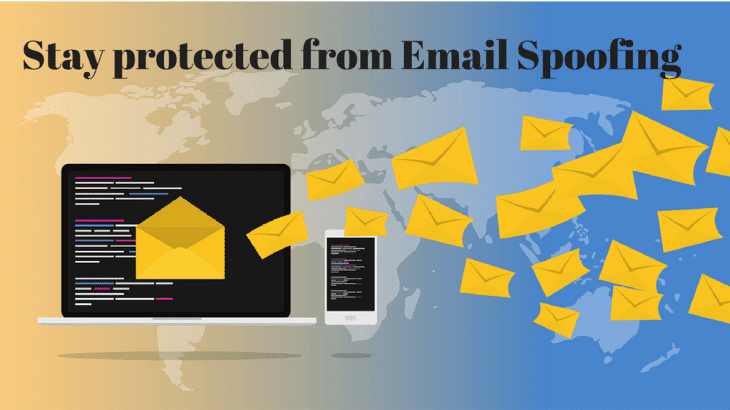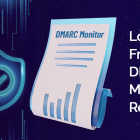At a Glance
What is spoofing?
Cyber criminal can easily impersonate or forges domains, IP or Email ids to steal confidential information . Such domains, IPs or Emails are just a lookalike of the original Authorized identity that carries no scope of doubt for the Recipient, making it impossible to identify the actual Fraud for which he will be falling in. Mainly, there are 3 types of spoofing:
IP Spoofing: A technique used to gain unauthorized access to a network, by impersonating a trusted source IP.
Email Spoofing: Hackers forge the email address making it look like it is originating from a known sender.
Domain Spoofing: DNS server is modified to reroute all the requests to a specific domain name to a spoofed IP address.
At times cyber criminals use more than one spoofing technique to get access the private data of the organizations. The main objective of spoofing is to trick the user into thinking that the request or email is coming from a trusted source and making the user give in personal sensitive data in the hands of cyber criminals.
Domain spoofing is possible due to cyber criminals and hackers create fake look alike websites similar to the legitimate ones to obscure the traffic and draw it to their fake website. Such links are even sent by fake emails with email spoofing. However, when a user replies to such an email it will go to the inbox of the original owner of that email address, but till then damage is already done. The user would have clicked any link in the email or acted as per the email.
What are some preventive measures for domain spoofing?
Sender Policy Framework (SPF)
SPF checks if the email comes from a known servers and then sends it to the recipient. This prevents forgery and email spams. The owner can exactly include only the known domains withing the safe list of SPF Protocol.
However, if the recipient opens the email ignoring the fake sign from SPF, the security is at risk.
Domain Keys Identified Mail (DKIM)
DKIM is a type of email verification which allows the company to sign an email for claiming it to be legitimate and hasn’t been tampered.
Unfortunately, it has its own weakness where a hacker uses the signed ‘from’ part of the email and attaches malicious content to the unsigned part.
DMARC, a combination of SPF and DKIM
DMARC is short for Domain-based Message Authentication, Reporting and Conformance. It aims to combine the best of SPF and DKIM into 1 protocol DMARC. It also adds extra features of monitoring emails, quarantining them and rejecting them altogether.




